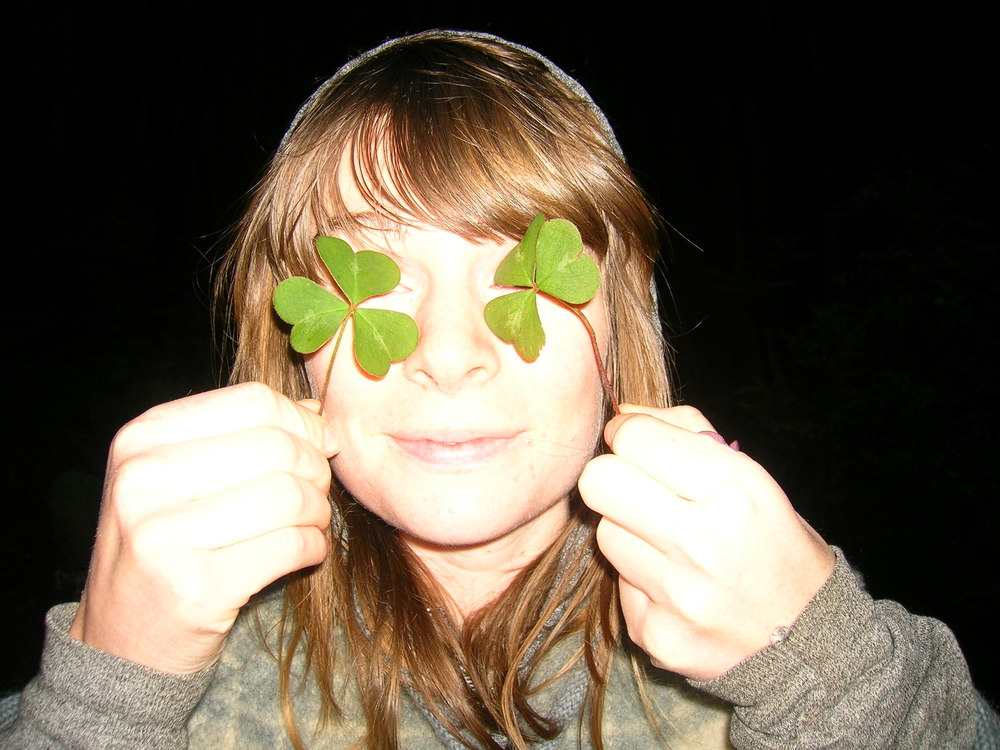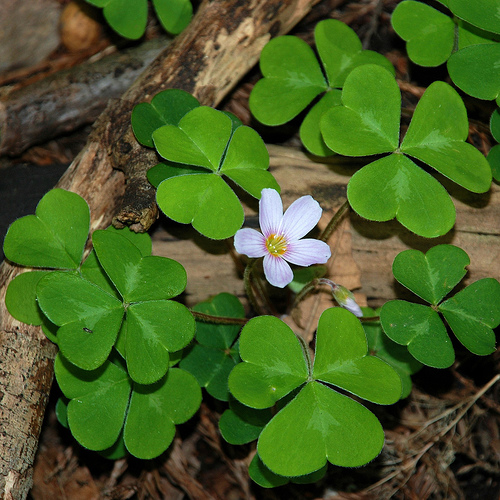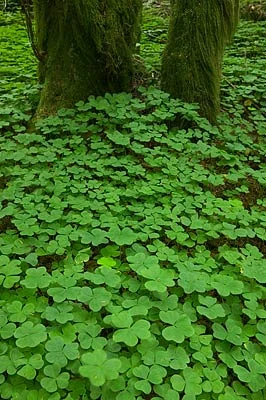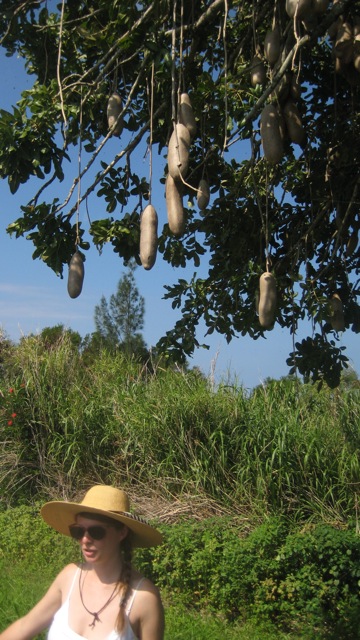Greetings! Thank you kind weather gods for this long, warm, dry fall! It is disgustingly perfect for collecting deliciously ripe edibles and being able to store them properly for winter. At this time of year, I like to look to my friends the squirrels for inspiration. These guys are pro-foragers and "storagers", as I like to call them. They know cold is coming and that now is the time to collect and save for thinner times. They know what's up! I should be more like a squirrel, really.
Well today, the squirrel inside me stirred while I scavenged a near-by hazelnut tree for fallen fruit. Corylus avellana, the common Hazel, is not technically a 'wild' edible, but is so omnipresent that you can find them 'in the wild' on abandon homesteads or public parks, (note: we are not advertising trespassing here!). Many Hazel shrubs were planted as hedgerows to mark the boundary of a farm or property, which is why they are pretty common in all types of vegetation zones. Not to mention their wood is useful for fencing. An all around advantageous homestead plant! They reach about 3-8m tall and are usually surrounded by other Hazels, as they need cross-pollination to produce nuts. That is, you need a mommy and a daddy tree to make baby nuts, awwww..... Now, lets eat those babies, er, baby NUTS! The way to do it is to wait for the fruit to fall off the branch on their own. This is the time to make friends with squirrels, if you can. Seriously, these dudes are fast. They will devour all the nuts and leave none for you. Finders keepers. So, yes you have to be ahead of the squirrels and collect your bounty almost as soon as they fall. Wait until the nuts are good and dry before collecting. This means waiting until they turn brown. Fresh ones are green and wont ripen properly or taste good if picked this way.
Collect the nuts up from under the tree, let them dry for a few days and start a'crackin'! It is a tedious job, but well worth it as the flavor of freshly dried hazelnuts can't compare to store bought. To further the operation and make the flavor even more intense, carefully roast the cracked nuts in the oven or over a fire. In conclusion, if you want a tasty treat this fall, think like a squirrel, go 'nutting', as they say, and stash your little treasures up until a special occasion presents itself!
PS Here are some interesting facts on Corylus avellana and it's fruits:
-Hazel was one of the more dominant trees after the last ice-age in northern and central Europe
-The wood of Corylus avellana has long been used to craft magical staffs or wands (please see the movie "Willow" for more details)
-Hazel fruits were the most important source of calories for out Neolithic ancestors!
-It is an excellent energy conductor and is used to make dowsing rods
-They are a rich source of monounsaturated fatty acids, making it an aphrodisiac food!
















